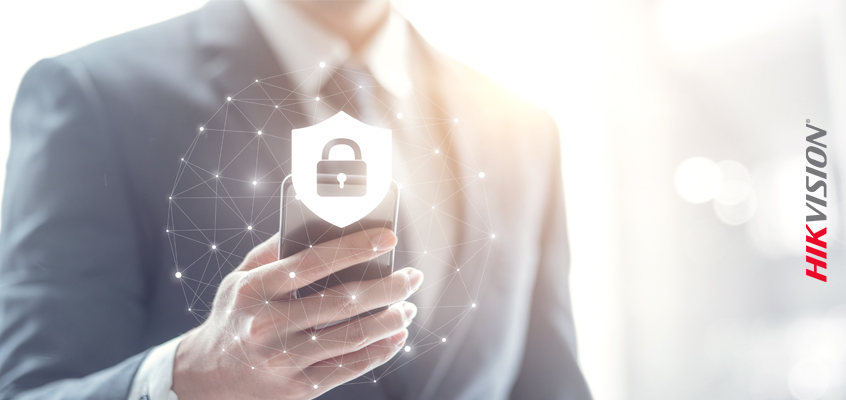L’utilisation de l'authentification multifacteur (AMF) pour éviter les attaques d’hameçonnage et de vulnérabilités

Hikvision se penche sur l'authentification multifacteur pour réduire les risques de piratage
Cybersecurity-Insiders.com discute de la croissance des cyberattaques dans le secteur de la santé et l'utilisation de l'authentification multifacteur (AMF) pour prévenir le piratage par hameçonnage et les exploits de vulnérabilité dans cet article : “How MFA & Identity Security Can Help Prevent Phishing Scams Targeting Healthcare Companies”
Dans l’article : “Les cyberattaques contre des entités du système de santé ne sont pas une nouveauté. Mais elles ont augmenté en ampleur et en fréquence ces dernières années. En 2019, le rapport Consumer Breach de ForgeRock a cité les entreprises de soins de santé comme le secteur le plus ciblé du pays. Près de la moitié des violations de données aux États-Unis en 2019 concernaient le secteur de la santé.”
Les rançongiciels et autres cyberattaques étant susceptibles d'augmenter, l'article recommandait l'utilisation de la sécurité d'identité et de l'authentification multifacteur pour identifier les vulnérabilités et empêcher leur exploitation.
Le piratage par hameçonnage pour voler des informations d'identification est le moyen le plus courant pour les pirates d'accéder aux données de santé. L'utilisation de l’AMF peut empêcher la possibilité d'utiliser des informations d'identification volées.
Comment fonctionne l’AMF ?
Selon l’article du Cybersecurity-Insiders.com, “Si un pirate informatique parvient d'une manière ou d'une autre à voler les informations d'identification d'un employé via le piratage par hameçonnage ou une autre méthode, pour se connecter avec l’AMF, il doit vérifier son identité d'une autre manière.” Cette vérification d'identité supplémentaire est généralement un message texte adressé au téléphone intelligent d'une personne ou une vérification par courriel.
Le directeur principal de la cybersécurité de Hikvision, Chuck Davis, s’est penché sur l’AMF dans ce blogue Hikvision. Il passe en revue l'authentification, qui se compose généralement de deux éléments : un nom d'utilisateur et un mot de passe. Le nom d'utilisateur est censé être l'identité du compte. Ce n'est pas censé être privé ou difficile à comprendre.
Le mot de passe est censé être le secret qui est échangé pour permettre à l'utilisateur d'accéder au système, au service, au réseau, etc. L'utilisation d'un seul nom d'utilisateur et d'un mot de passe est appelée authentification à un facteur car l'utilisateur vérifie son identité avec un seul élément de preuve ou un facteur.
L'authentification multifacteur ajoute au moins deux éléments de preuve ou facteurs vérifiables au processus d'authentification pour réduire considérablement les problèmes de sécurité en réduisant les chances d'accès à un compte par la mauvaise personne. L'authentification à deux facteurs (A2F) est un sous-ensemble de l'authentification multifacteur et est un moyen d'authentification avec seulement deux éléments de preuve ou facteurs vérifiables. Un bon exemple concret de A2F utilise un guichet automatique. Vous utilisez quelque chose que vous avez, la carte ATM, et quelque chose que vous connaissez, votre code PIN.
M. Davis recommande d'activer l'authentification multifacteur sur tous les comptes qui en disposent.
Lisez l'intégralité du blogue Hikvision sur ce lien pour en savoir plus sur l'utilisation et l'activation de l'AMF afin de réduire la vulnérabilité au piratage.
